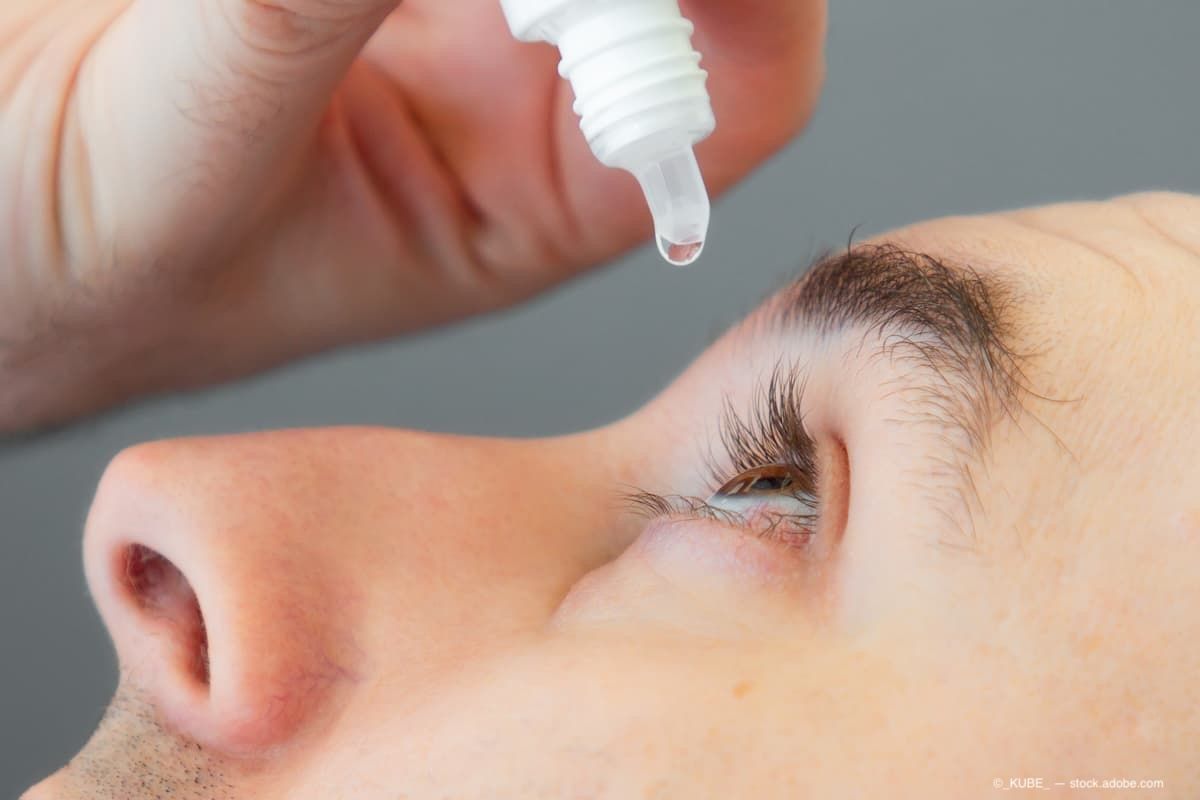Opinion
Video
Managing Dry Eye for Pre-Surgery Patients
Author(s):
Experts discuss how dry eye disease can impact the preparation and post-operative care of cataract or refractory surgery, highlighting key approaches to successfully managing these patients.
Transcript
Marguerite McDonald, MD, FACS: Let’s talk for a few minutes about treating dry eye before cataract or refractive surgery. We’ve touched on this a bit already, but how does the presence of dry eye impact refractive correction and the postoperative course for those 2 surgeries?
Karl Stonecipher, MD: For me, it’s a daily event. It’s not, “Oh, wow; I saw a dry eye today.” It’s like everybody has dry eye. And like Peter alluded to earlier, you [have] to figure out what category those people fall in—whether you may use punctual plugs or you’ve got evaporative dry eye and you want to wait to quiet the inflammation before you put a plug in. But the key ticket is, for me, artificial intelligence [AI]. It [does] really well with the severity model and the type model. It categorizes the patient extremely well for me…. So, we’ve been using a lot more of that, and it’s an easy program to use. And I have to say out loud [that] I’m a consultant to CSI Dry Eye. But what I like about where we’re going with dry eye disease is we have a plethora of options available to patients. It was like in the old days—I can still remember Jeffrey Gilbert standing at the New Orleans Academy of Ophthalmology and his poster [about] why we should take preservatives out of eye drops. Everybody [asked], “What are you talking about? Why are you bringing that up?” And like Peter and you alluded to, we have all these preservative-free drops now. We’re getting better. We still have some hurdles with the patients, because there’s so many choices in terms of the big picture, but in the end, you have to fit it into the first visit. So for us, you’re seen, you have a problem, [and] you have a comorbidity to that problem. We’re still going to schedule [the] cataract or refractive surgery and reassure them that we’re going to figure out a way to do that unless it’s inappropriate to do that for whatever reason. We even schedule their refractive or cataract surgery. But we say to them, “Hey, look, you [have] a disease. It is a disease. It’s an ongoing thing that can influence your outcomes postoperatively. We really need to think about how to treat that before we even start the process.” Because if you tell them about it before, it’s their problem. If you tell them about it after, it’s your problem.
Marguerite McDonald, MD, FACS: Absolutely. So, you meet them, tell them they have a problem, [and] you start the treatment. You will book their surgery, but far enough out that you could see them 1 more time?
Karl Stonecipher, MD: Absolutely.
Marguerite McDonald, MD, FACS: Does that sound like what’s happening over at [the Wilmer Eye Institute], Peter?
Peter McDonnell, MD: Yes, absolutely. A lot of clinical wisdom says that patients often progress from the stress of surgery; we’re cutting corneal nerves, we’re putting the eye under the operating microscope, we’re using potentially toxic medications. Somebody with mild is going to become moderate [and] moderate will become severe. If they’ve already got dry eye disease and you don’t do anything about it and tune-up the ocular surface to try to get it as healthy as possible preop, you’re going to be sorry later when they do progress. You’re doing yourself, the ophthalmologist, a favor by taking that time and tuning-up the person’s ocular surface. Also, if the patient does have a little bit of a longer recovery period, they’ll understand because you warned them, you talked to them ahead of surgery, and you told them they had this preexisting condition and that you’re going to help manage it for them. So, they know you’re their friend, you’re on their side, and you’re going to get through it with them and do everything to prepare the eye for surgery before you pull the trigger.
Karl Stonecipher, MD: One thing I want to add, Marguerite, you’ve taught me so many phrases. I say we’re going to measure twice and cut once. So when you say to that, “I can’t get a good measurement on you with a ocular surface.” If you say, “I’m just doing an extra step for you. I’m not doing it for me. I’m doing it because I want to measure twice and cut once.” They’ll think about that. And you’re the queen of coming up with ways to make patients understand. I think that’s one of the things that I say daily to my cataract and refractive patients.
Transcript was AI-generated and edited for clarity.
Newsletter
Don’t miss out—get Ophthalmology Times updates on the latest clinical advancements and expert interviews, straight to your inbox.




